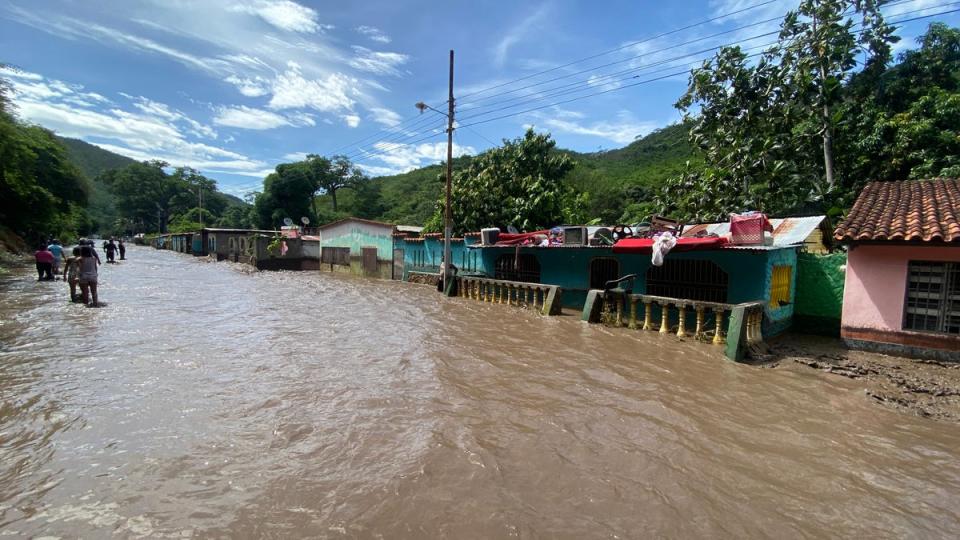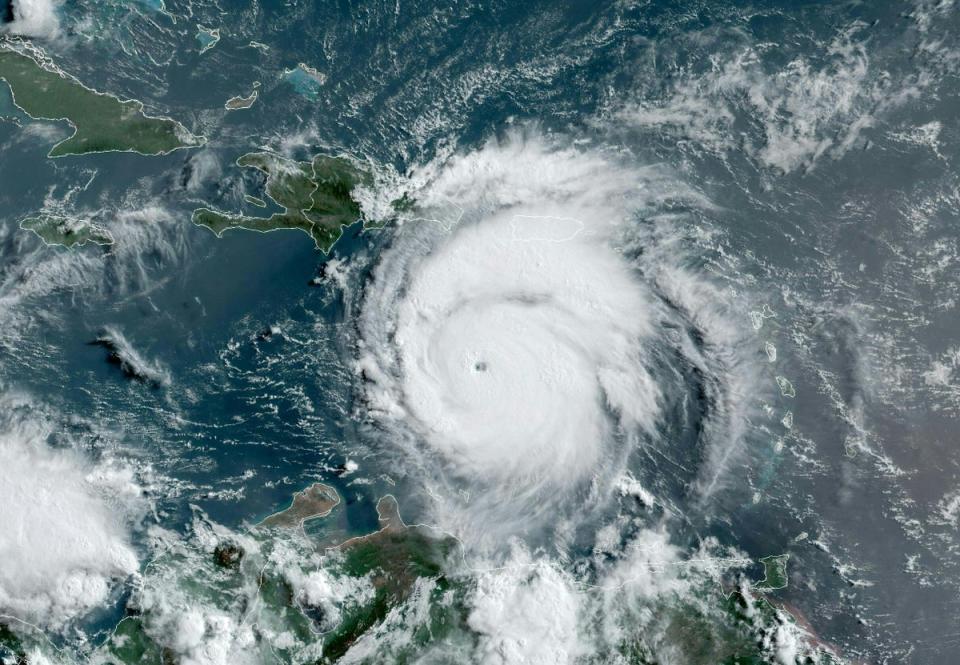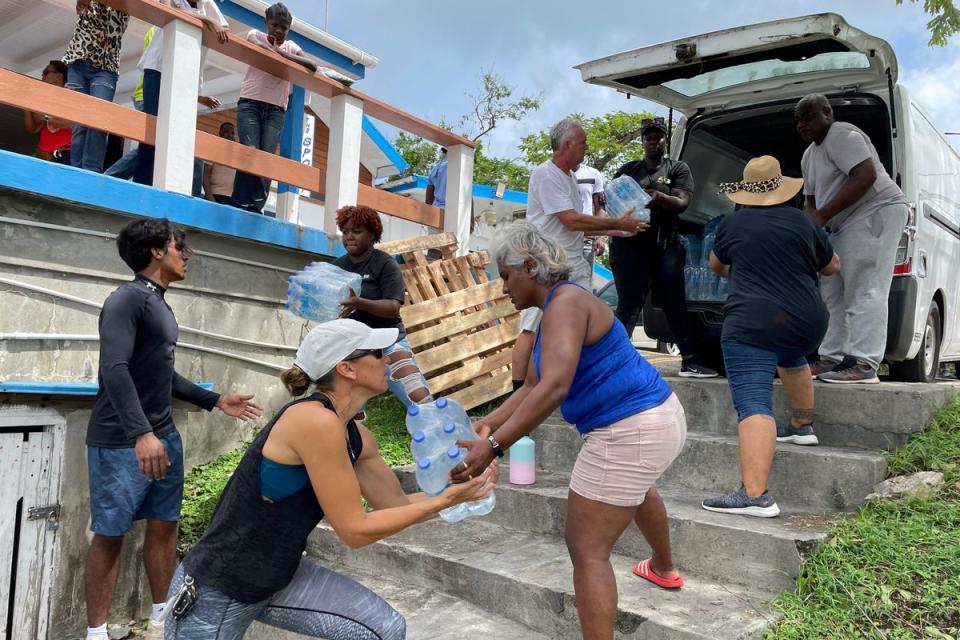Seven people killed and islands flattened as hurricane Beryl devastates Caribbean
Hurricane Beryl is still marching westwards after tearing through the southeastern Caribbean, killing seven people and leaving two islands of Grenada in almost “complete destruction”.
The damage wrought by the earliest category 5 hurricane ever is just beginning to come to light as local authorities assess homes and buildings despite connectivity challenges.
“The hurricane has come and gone, and it has left in its wake immense destruction,” prime minister Ralph Gonsalves of St Vincent and the Grenadines said.
“On one island in the Grenadines archipelago, the Union Island, 90 per cent of homes have been severely damaged or destroyed.”
Grenada has also taken a severe hit.
“We have to rebuild from the ground up,” prime minister Dickon Mitchell said after visiting the islands of Carriacou and Petite Martinique, which sustained the maximum damage from Beryl.
Carriacou, struck by the eye of the storm, was left “flattened” with more than 98 per cent of the buildings, including the main health facility and airport, damaged.
“The situation is grim,” Mr Mitchell said.
“There’s no power and there’s almost complete destruction of homes and buildings on the island. The roads are not passable, and in many instances, they are cut off because of the large quantity of debris strewn all over the streets.”
Two of the three deaths in Grenada were recorded on Carriacou. “The possibility there may be more fatalities remains a grim reality as movement is still highly restricted,” Mr Mitchell said.
Three people were also killed in Venezuela and one in St Vincent.

The hurricane also destroyed standing crops and uprooted trees. “There is literally no vegetation left anywhere on the island of Carriacou, the mangroves are totally destroyed,” Mr Mitchell said.
Beryl is the earliest ever category 5 storm ever recorded. It occurred as ocean heat in the Atlantic was already higher due to global heating, nearing levels usually seen in peak season in September.
This has raised alarm over what the rest of the Atlantic hurricane season could be like.
“It’s really scary stuff,” Steve Maximay, a climate and agriculture expert in Grenada, told The Independent.
”When you talk about category four and five, there are very few systems or protocols that can prepare you for that. You can have resilient buildings but category five winds can move concrete structures.”
Southern Grenada, where he stays, was largely spared but strong winds brought several trees down.
Grenada has millions of dollars worth of rebuilding to do as it recovers from the first storm and prepares for more hurricanes ahead.
Mr Mitchell called Beryl a direct result of the climate crisis.
Studies show hurricanes have been increasing in intensity and frequency in recent years and their worst impact is faced by island communities.

Beryl jumped from a category 1 to a category 4 storm within a few hours on Sunday.
“Beryl was in a perfect location for strengthening. There was very warm water, no dry air around the centre of circulation, and there’s been no wind shear,” said AccuWeather chief meteorologist Bernie Rayno.
“On the islands hit hardest by Beryl, it’s going to take months or even years to recover.”

The Alliance of Small Island States, which was created to have a unified voice for small island nations to address the ongoing climate crisis, called for the world to “end its obsession” with planet-warming fossil fuels.
“We have warned and warned that climate change impacts will only get worse,” it said in a statement. “Yet, we continue to be sacrificed on the frontlines of a climate crisis we did not cause.”
Mr Mitchell said: “We are no longer prepared to accept that it’s OK for us to constantly suffer significant, clearly demonstrated loss and damage arising from climatic events and be expected to rebuild year after year while the countries that are responsible for creating this situation — and exacerbating this situation — sit idly by.”


